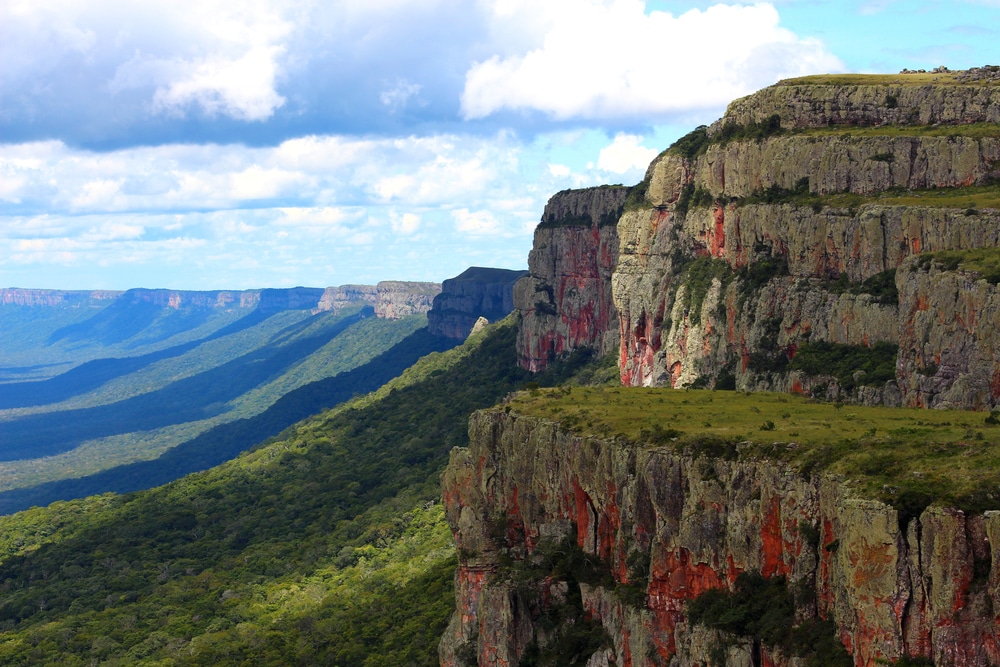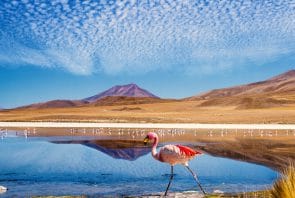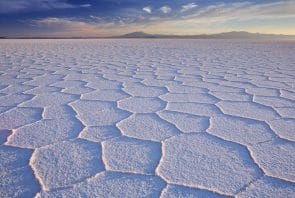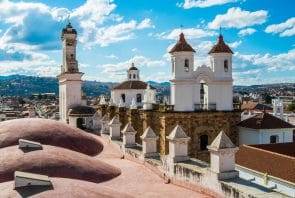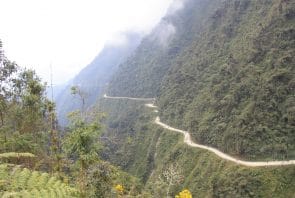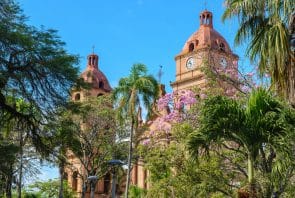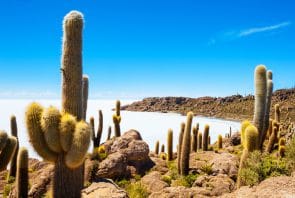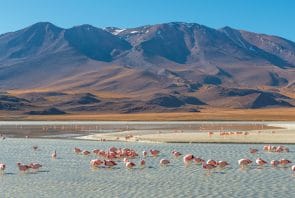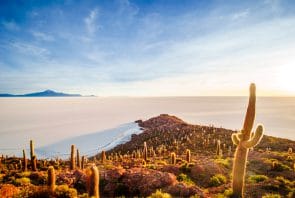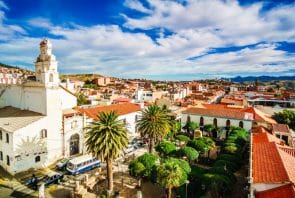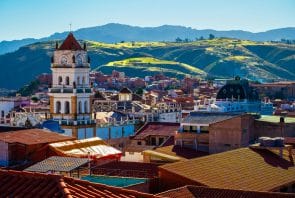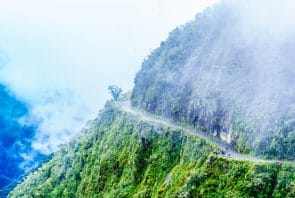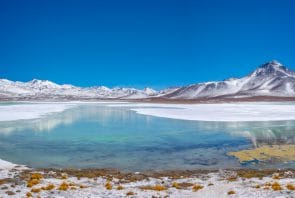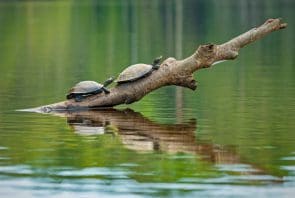Land of deserts, rainforests and mountains. And records. Bolivia is home to the highest city, the most dangerous road and the largest salt desert in the world at the same time.
Special features of Bolivia
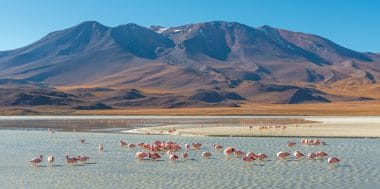
Bolivia, together with Peru , is considered the country where the indigenous groups and their culture have been best preserved. More than half of the population belongs to indigenous peoples. This is also noticeable during the numerous festivals, because although they usually have a Christian background, they are still characterized by old rituals and ceremonies.
In the art of the Bolivians, too, much of their high culture and also the colonial era has prevailed. Dance and music are important parts of life, as in all South American countries.
Sights in Bolivia
La Paz: City above the clouds
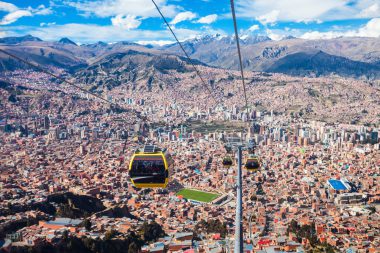
La Paz is the highest city in the world with 3200 meters of altitude. It is home to the seat of government of Bolivia, but can only be unofficially described as its capital. The full name of the city is Nuestra Señora de La Paz, which means “Our Lady of Peace”: a reminder of the victory in the War of Independence against Spain.
The city grows impressively beyond the valley about 1000 meters up to the mountain edges.
Especially the central squares, such as the Plaza Murillo or the Plaza de San Francisco , have the most beautiful colonial buildings and are pleasantly close to some of the numerous museums that the city has to offer.
Numerous markets characterize the image of the city and there are stalls on every corner. The witches’ market is a particularly bizarre attraction. In addition to mysterious elixirs and powders, snakes and lucky charms in the form of llama fetuses are also offered for sale.
Madidi National Park: Paradise for animals
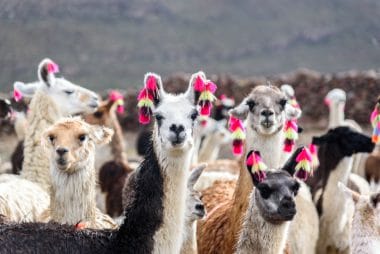
Between the Andes and the Amazon lies the Madidi National Park. The area encloses around 20,000 km² and thus extends from the cold regions of the Andes to the Amazon rainforest. It is one of the most species-rich regions in the world and is home to 11 percent of all known bird species. It is also home to the Titi monkey, which can be found alone in this area. It is home to more endangered species than any other national park in the world. These include, for example, the jaguar, the spectacled bear, the salt cat and the puma.
The heavy rainfall between November and March makes many paths impassable. A visit is particularly recommended from June to October.
Tours are either on foot or by boat, and along the way, travelers are educated about the use of plants and fruits. If you are planning a trip to the national park, you should take at least three days to do so.
Lake Titicaca: Divided Lake
While the larger part of Lago Titicaca is on the Peruvian side, Isla del Sol and Isla de la Luna belong to the territory of Bolivia. According to legend, Isla del Sol is said to be the birthplace of the Incas. Accordingly, many Inca buildings can be found on both islands.
Salar de Uyuni: Largest salt desert in the world
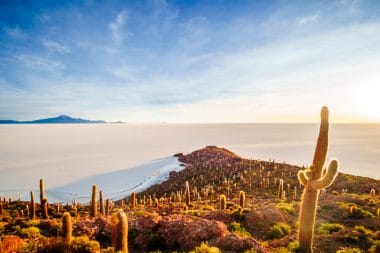
The Salar de Uyuni is not only the largest, but also the highest salt desert in the world. The salt layer is up to 30 meters thick and hides the last remnants of the prehistoric Uyuni salt lake.
The tours offered there usually also take travelers to the Palacio de Sal – a former hotel built from about one million salt blocks.
Tiwanaku: Machu Picchu of Bolivia
Once built by the Aymara, the ruins of Tiwanakus have been a UNESCO World Heritage Site since 2000. The former spiritual center is the most important site in South America next to Machu Picchu and should not be missed by those interested in culture when visiting Bolivia.
El Camino de la Muerte: Road of Death
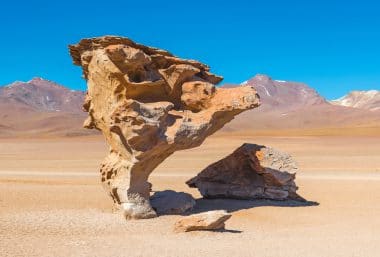
For a long time, it was considered the most dangerous road in the world and until recently it was used by cars and trucks. Today, however, there is an alternative for large vehicles and the road only serves cyclists.
It deserves its name from the steep slopes on both sides. The narrow and winding road is neither protected by crash barriers nor otherwise. Frequent landslides, rockfalls and the muddy road surface further increase the risk.
If you dare, you can ride the Road of Death on a mountain bike today. However, caution is advised.
Tupiza Canyon: A Movie Set
The small town of Tupiza is surrounded by impressive canyons, which have often served as a setting for Western films. The place can be visited on foot, in a jeep or even on horseback.
The specialties of Bolivia
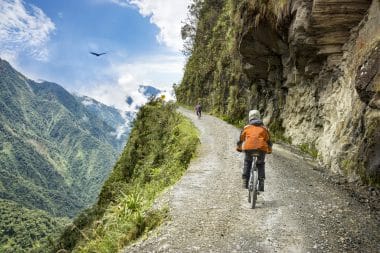
The country’s cuisine is very nutritious, but rather simple. Nevertheless, it is worth visiting the typical restaurants or shopping at one of the street stalls.
The sharpness of the dishes also increases with altitude and can sometimes reach a dangerous degree. Usually, however, spices and sauces are placed on the table separately and so most dishes are harmless.
Often the food consists of corn or potatoes, which come in a wide variety of varieties and variations. These vegetables were already cultivated by the Incas and have continued in the kitchen.
One example is the Humintas. This snack is served warm and consists of a corn and cheese mass wrapped in a corn leaf.
If you are interested enough, you should also take the time to find Bolivian drinks, as their juices, beers and wines can definitely compete with Western imported products. Api is a real popularity here. The sweet hot drink made from corn is for sale at many market stalls.


